We hear a constant chorus of honking, migrating geese as we clean up camp and put it away for the winter. Put another season in the books at Goodnews River Lodge. We had epic rains the last several days and sent our last guests out on a flooded river. The silver salmon were still biting. Then it was pull the boats, close down camp, and get me out of here!
The Photos:
Jeffrey Dann’s best quote this season- “I’m allergic to alcohol. Every time I drink I break out in handcuffs.”

Pacific salmon die after spawning. Hopefully this grisly-looking chum salmon produced lots of offspring.
Jeff Arnold, guide at Goodnews River Lodge.
Jeff’s best quote this season- “Why does everything up here have to be so goddamn hard?”
Chuck Trover caught this prime king salmon on a streamer fly.
A couple of other notable quotes:
“Where’s my fishing rod?” -Curly Bob, after he threw his $1500 fly outfit in the river to chase a dying salmon.
“It was rigged properly!” -Idaho Dave, after a 10 pound silver salmon took his fly line when the backing-to-fly-line connection broke.
The season was awesome, incredible place, unbelievable fishing, outstanding people. I’m looking forward to being home, but I will look forward to returning to Goodnews next season, too.
These were the Best Photos from Goodnews River and that is this year’s last Goodnews River Lodge, Alaska Report from me. See you in Florida in two weeks!
Life is great and I love my work!
Life is short- go fishing!
John Kumiski
http://www.spottedtail.com/
All content in this blog, including writing and photos, copyright John Kumiski 2012. All rights are reserved.
|
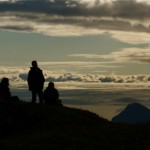
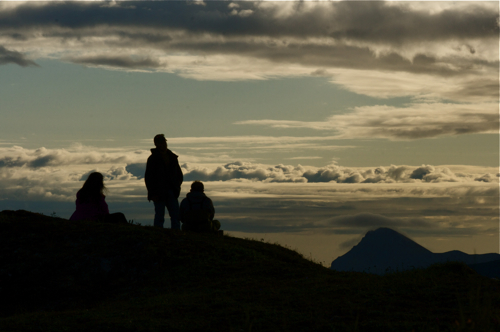


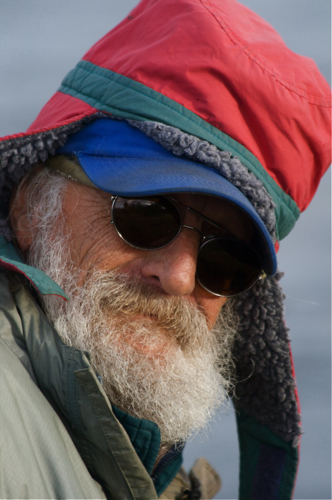











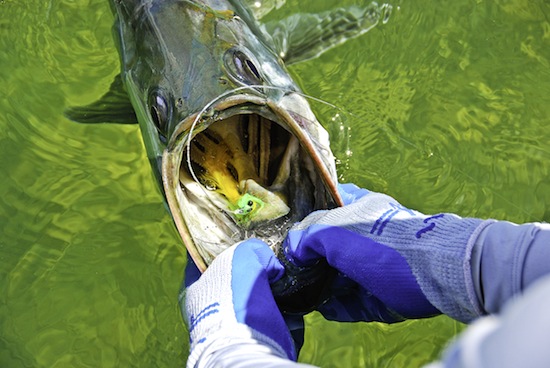

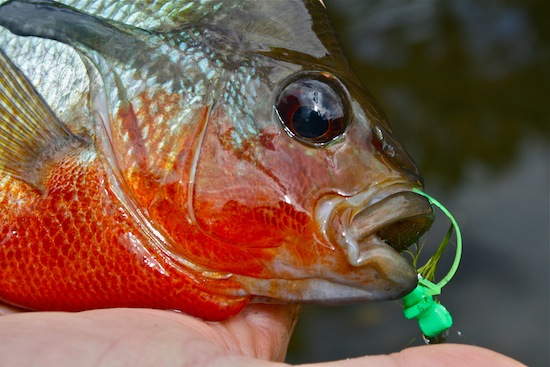
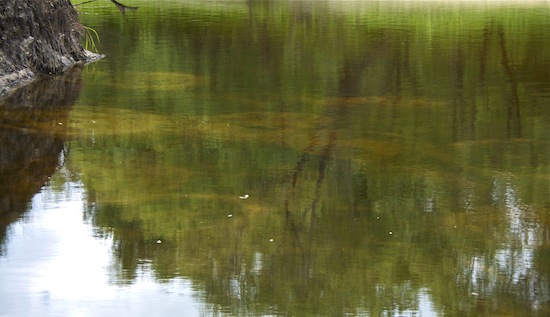
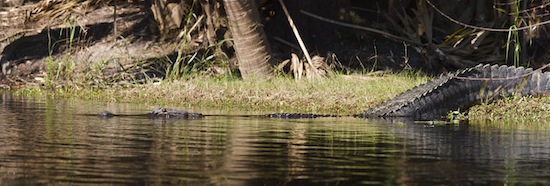

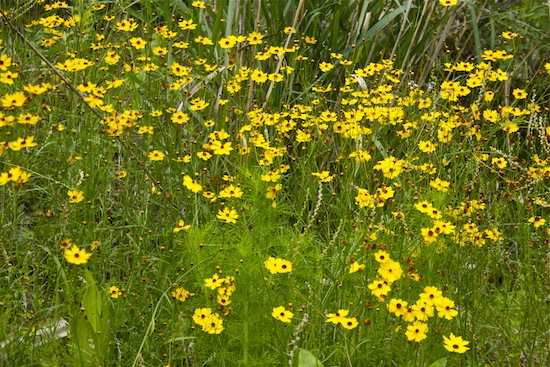
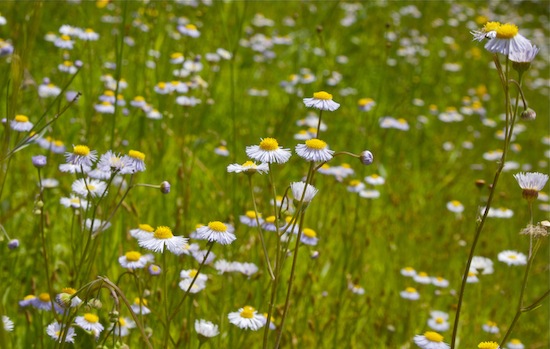





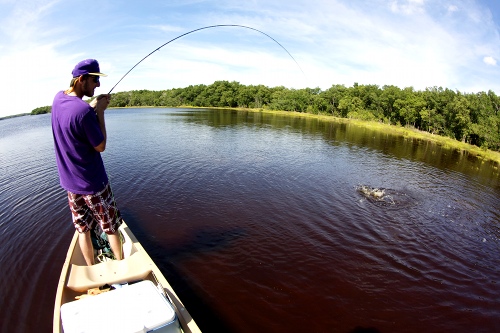
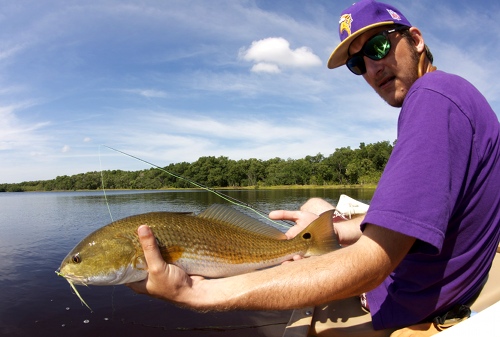
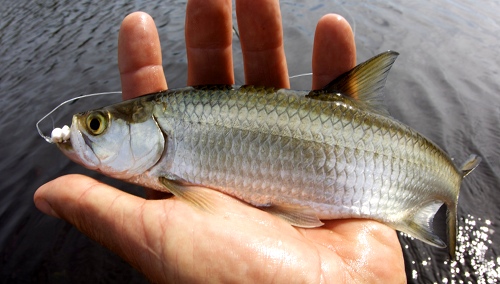

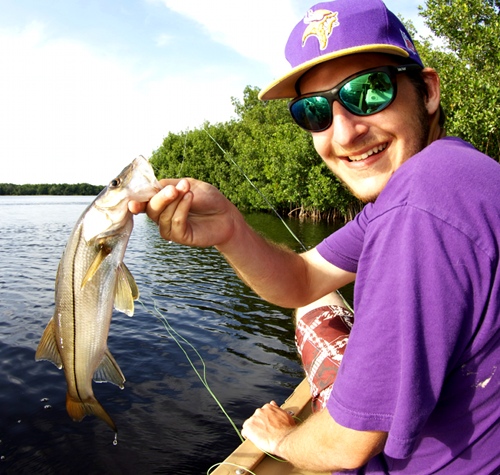

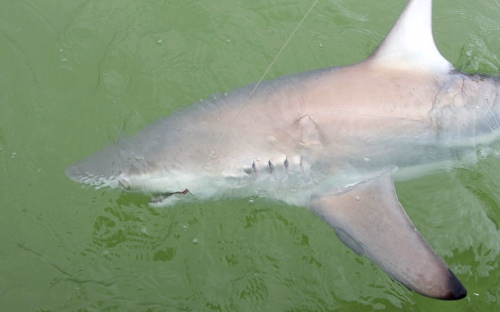


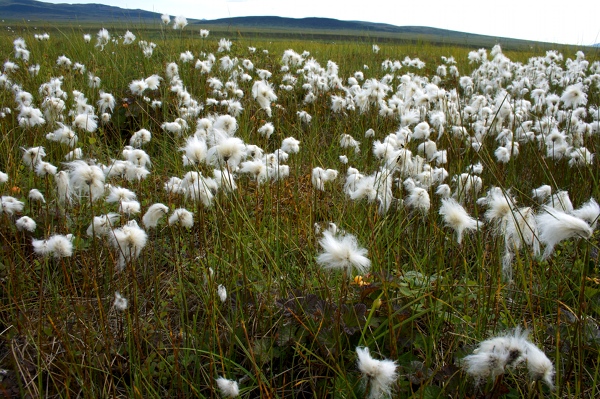

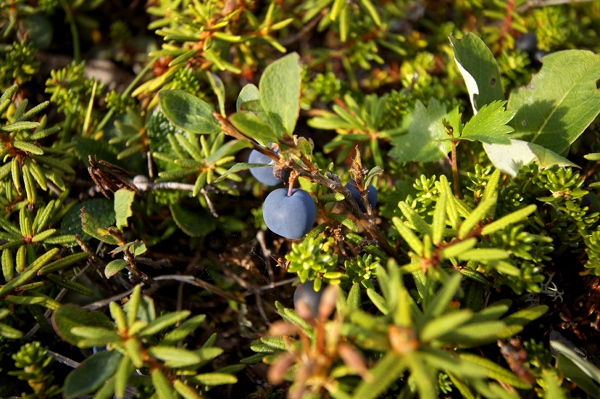
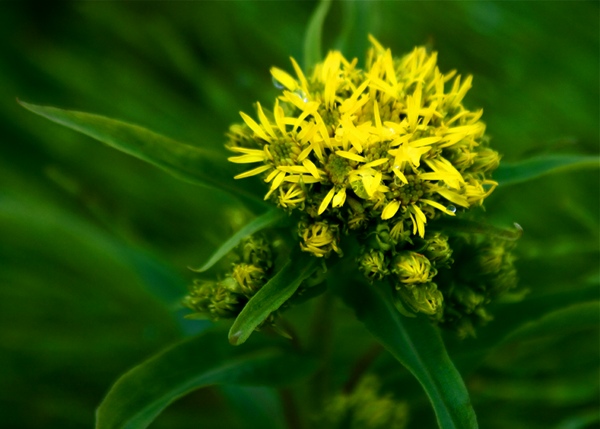

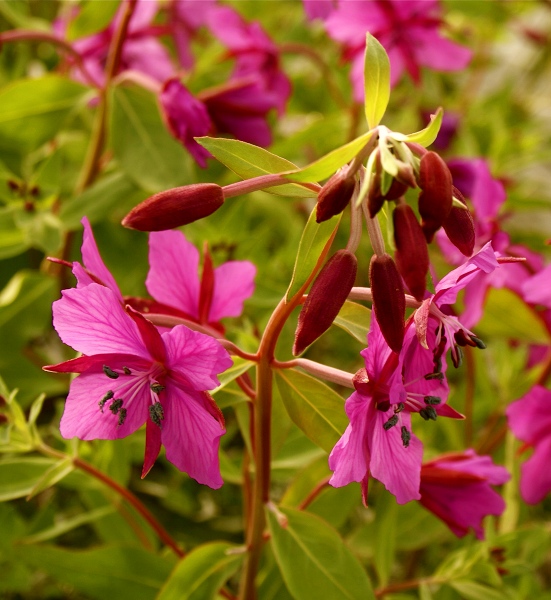

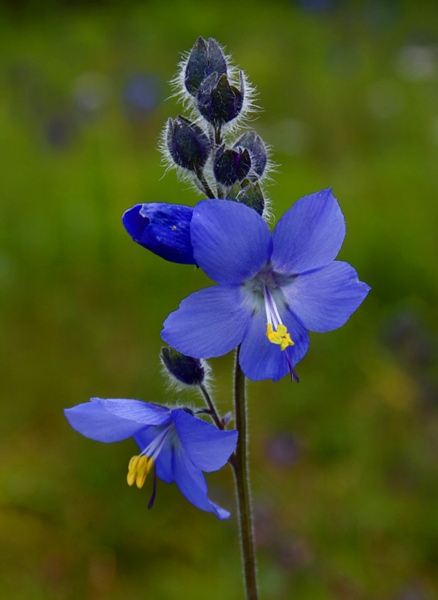


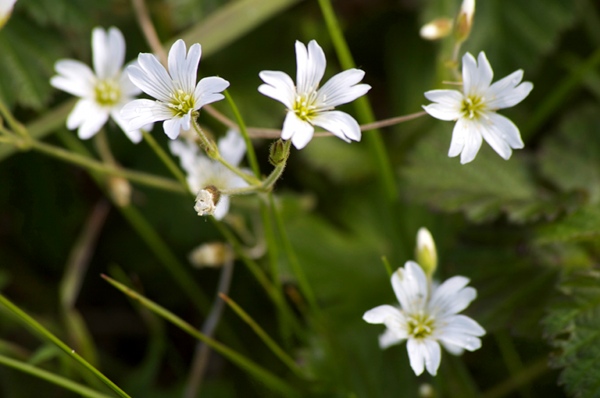
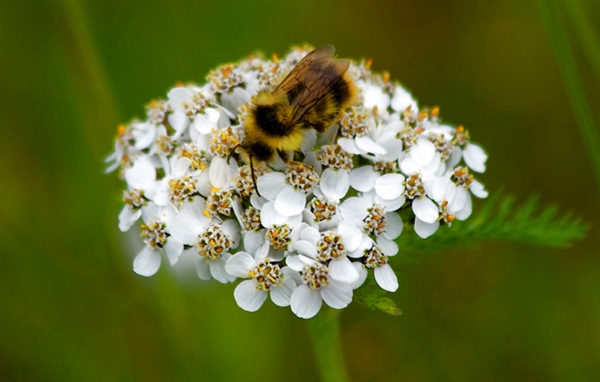
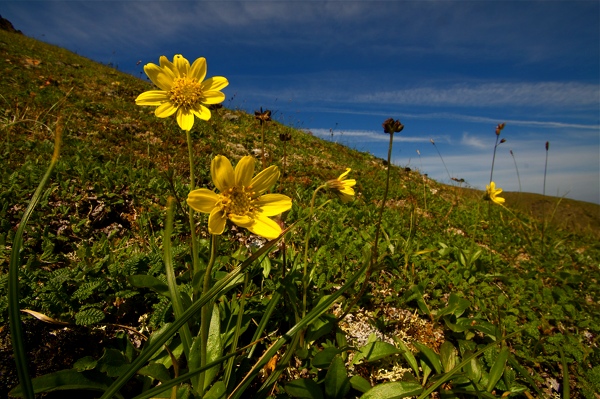

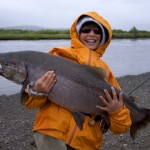

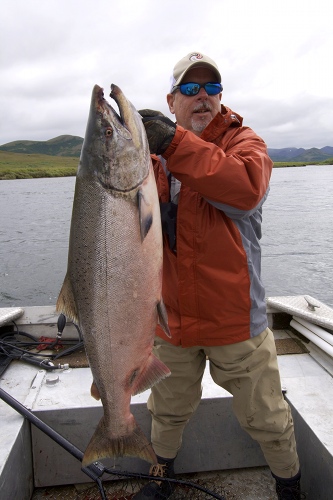
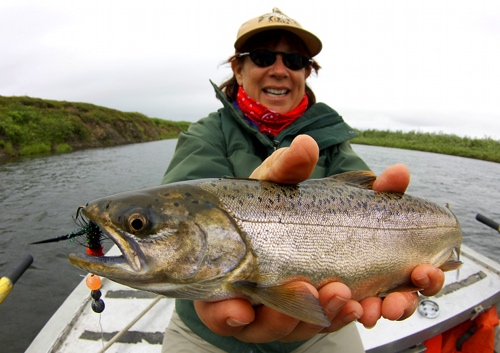
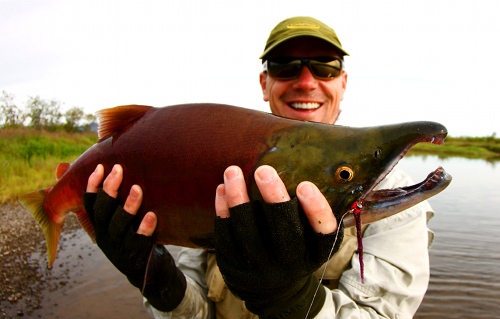

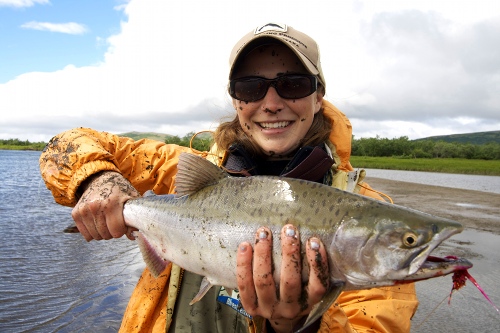

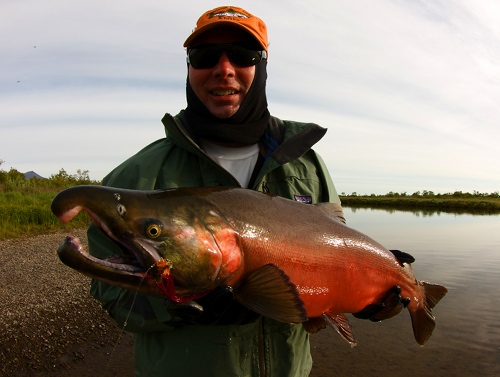


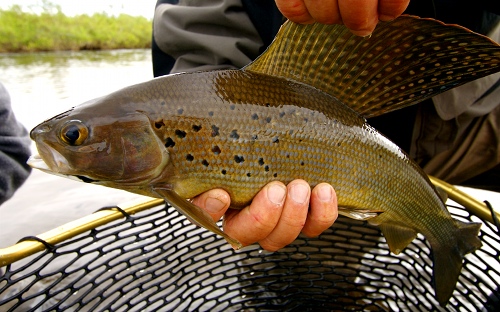

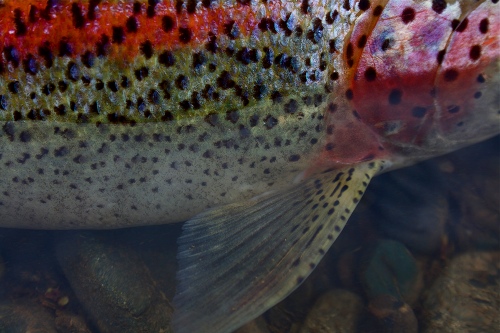







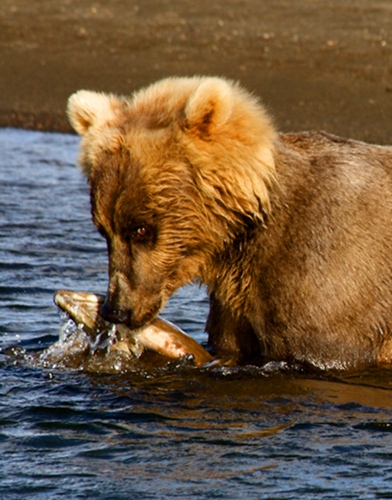


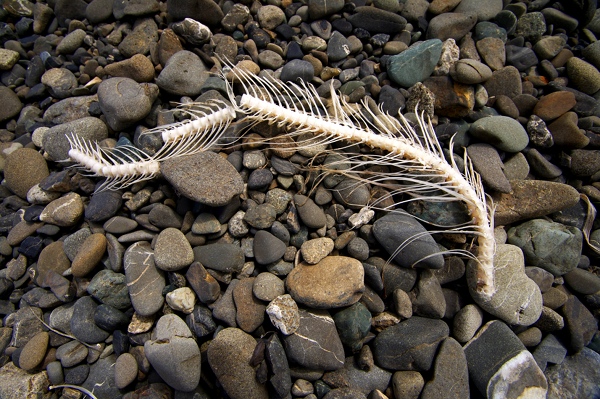


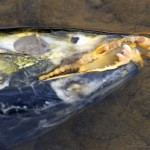



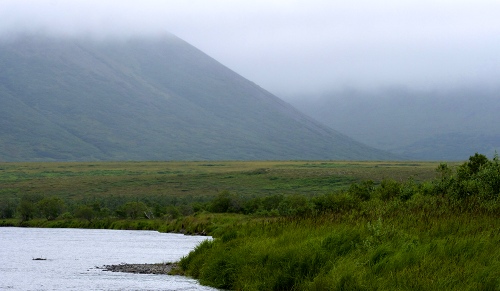

Recent Comments